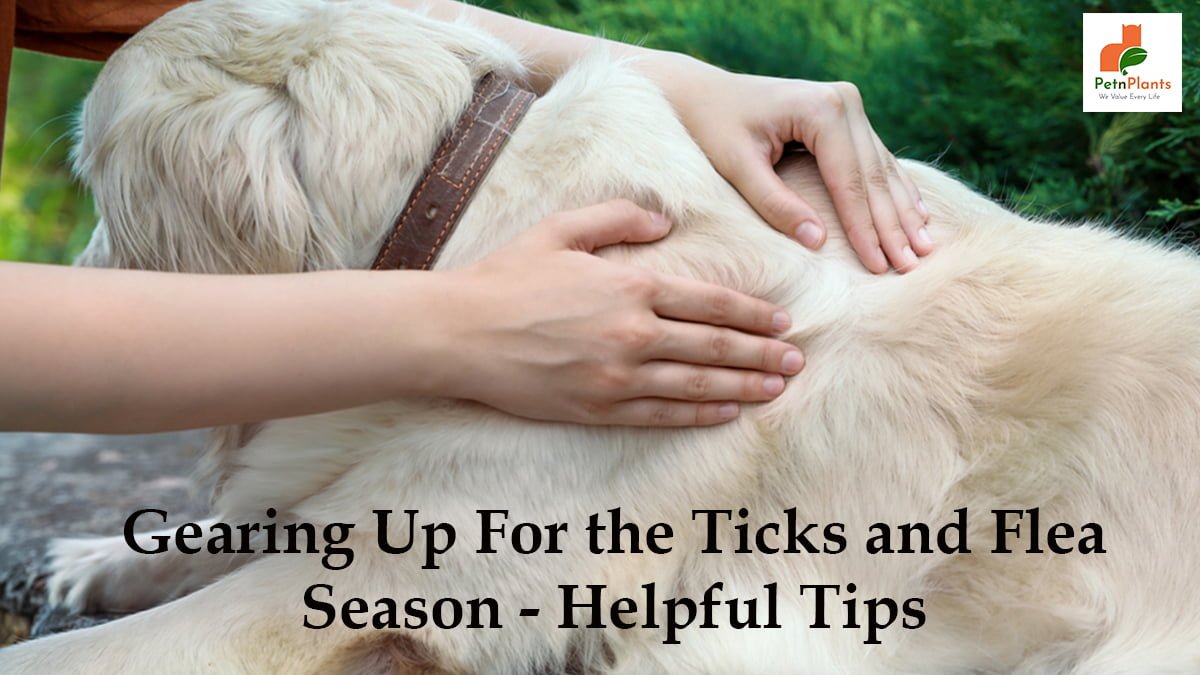How To
Latest
Pet Care
How to Groom Your Dog at Home with the Right Dog Grooming KitMarch 19, 2025
We Value Every Life

As the weather gets warmer, we spend more time outside – and so do the pests. Ticks and fleas are common problems during spring and summer and can carry serious diseases. In this blog post, we will explore helpful tips for protecting yourself and your family from ticks and fleas during the breeding season of pests. From using repellents to doing regular checks for ticks, read for some helpful tips on keeping yourself safe this summer.
As the weather starts to warm up, so do the fleas and ticks. That’s why it’s important to start thinking about which month you should use for fleas and ticks.
There are a few things to consider when deciding which month to use for fleas and ticks. The first is the climate in your area. If you live in an area with a mild climate, you can use flea and tick products in April or May. But if you live in an area with a hot climate, you should wait until June or July to use them.
Another thing to consider is the activity level of fleas and ticks in your area. You can check with your local extension office or health department to determine the peak activity period for fleas and ticks in your area. Once you know that, you can start using flea and tick products about a month before the peak activity period begins.
Finally, you must consider your pet’s needs when choosing which month to use for fleas and ticks. If your pet has a lot of furs, you may want to wait until June or July to start using products so that their coat has time to grow out a bit. And if your pet is allergic to flea bites, you may want to start using products earlier than usual to help prevent any reactions.
Talk to your veterinarian about which month they recommend using flea and tick products in your area. They can help you.
The worst months for fleas and ticks are typically the year’s warmest months. In North America, this means May through September. These are the months when fleas and ticks are most active and most likely to bite humans and animals.
Fleas and ticks can transmit diseases to humans and animals, so it’s important to be aware of them during these months. They can transmit Lyme disease, Rocky Mountain spotted fever, and tularemia.
There are a few things you can do to help prevent flea and tick bites:
Yes, there are a few things you can feed your dog to help repel fleas. Garlic, Brewer’s yeast, and apple cider vinegar are all great natural options that can be added to your dog’s food. You can also use essential oils like lavender or eucalyptus oil in a diffuser or spray bottle to help keep fleas away.
As the weather starts to warm up, so do the fleas. Here are a few tips to help you get ahead of the pesky pests this season:
0